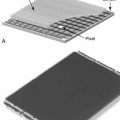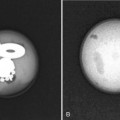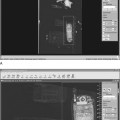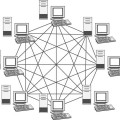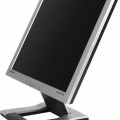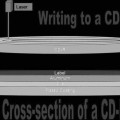Quality Acceptance Testing within Digital Projection Imaging
Objectives
On completion of this chapter, you should be able to:
• Discuss total quality management and its uses in digital projection imaging.
• Explain the importance of establishing a repeat analysis database with digital projection imaging.
• Become familiar with problem reporting responsibilities.
• Recognize the quality management (QM) and QC activities to be performed by the radiation physicist.
Key Terms
Total quality management (TQM)
Preventative maintenance (PM)
Total Quality Management
Maintenance of equipment, image acquisition, and processing standards are quality control issues that fit into the concept of total quality management (TQM) or continuous quality improvement (CQI), as discussed in Chapter 11. The overall efficiency and effectiveness of imaging systems are evaluated beyond the mechanics of producing radiographic images. This chapter introduces the concept of whole system evaluation, considering image acquisition, processing, and evaluation issues as well as examination repeat analysis, communication issues, and system problem identification.
Quality Control Standards
The American College of Radiology requires compliance with standards of practice to assure quality in any imaging system. Three general areas define digital image quality: contrast, resolution, and noise. These areas must be monitored to avoid unnecessary repeat examinations and overexposure to patients and staff. There are a number of system tests that must be performed by service personnel and/or radiologic technologists and radiation physicists. With the increased sophistication of digital radiographic equipment, it is critical that these tests be performed in a consistent and thorough manner.
The American Association of Physicists in Medicine publishes the following documents based on work accomplished by task groups:
• Task Group 116—An Exposure Indicator for Digital Radiography
• Task Group 150—Acceptance Testing and Quality Control of Digital Imaging Units
The following sections are in no way an exhaustive list of activities that should be performed. The manufacturer’s suggested list of systems tests should be performed as indicated in the equipment and service manuals.
Quality Control Schedules and Responsibilities
The radiologic technologist is the first line of defense in preventing, recognizing, and reporting quality control (QC) issues. Quality control is defined as a comprehensive set of activities designed to monitor and maintain a system or piece of equipment. The complicated and delicate nature of digital equipment necessitates frequent and consistent oversight to avoid image errors and unnecessary patient exposure. The following is a suggested schedule for proper digital system maintenance.
Technologist Responsibilities
Daily (Box 12-1)
• General system inspection including the following:
• Laser-generated sensitometry strip; film densities measurement
• Dust particles, scratches, mechanical friction marks
• Send images to picture archiving and communication system (PACS)
• Verification of digital interfaces and network transmission
